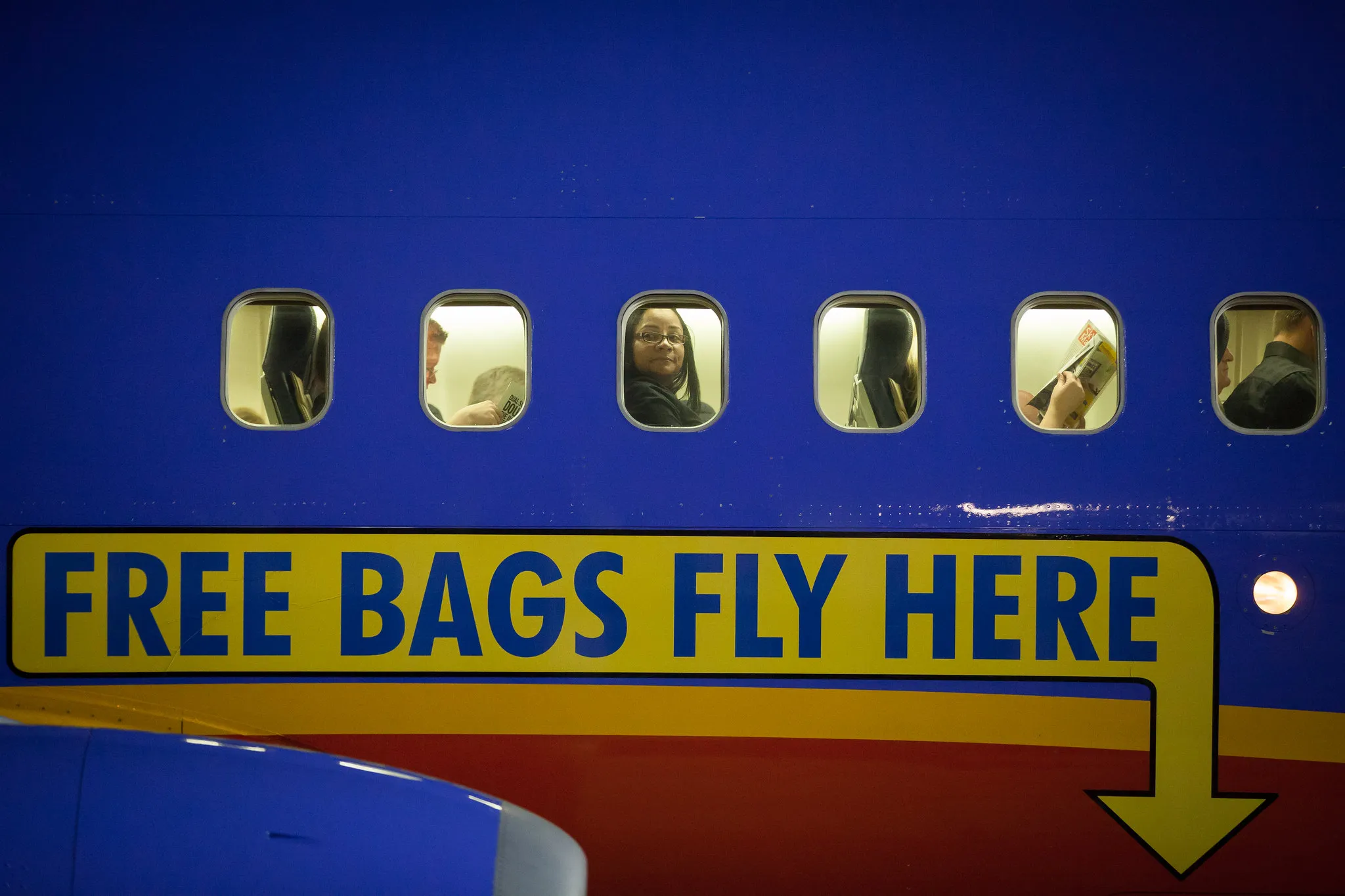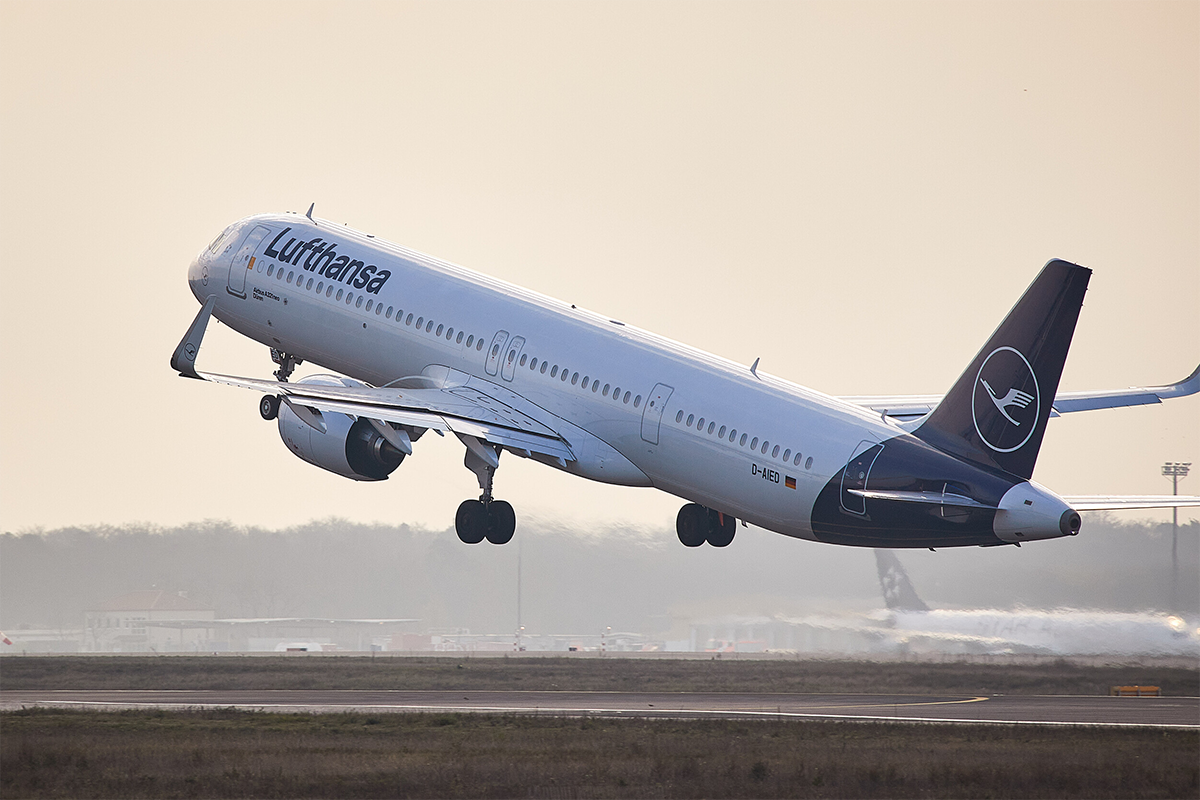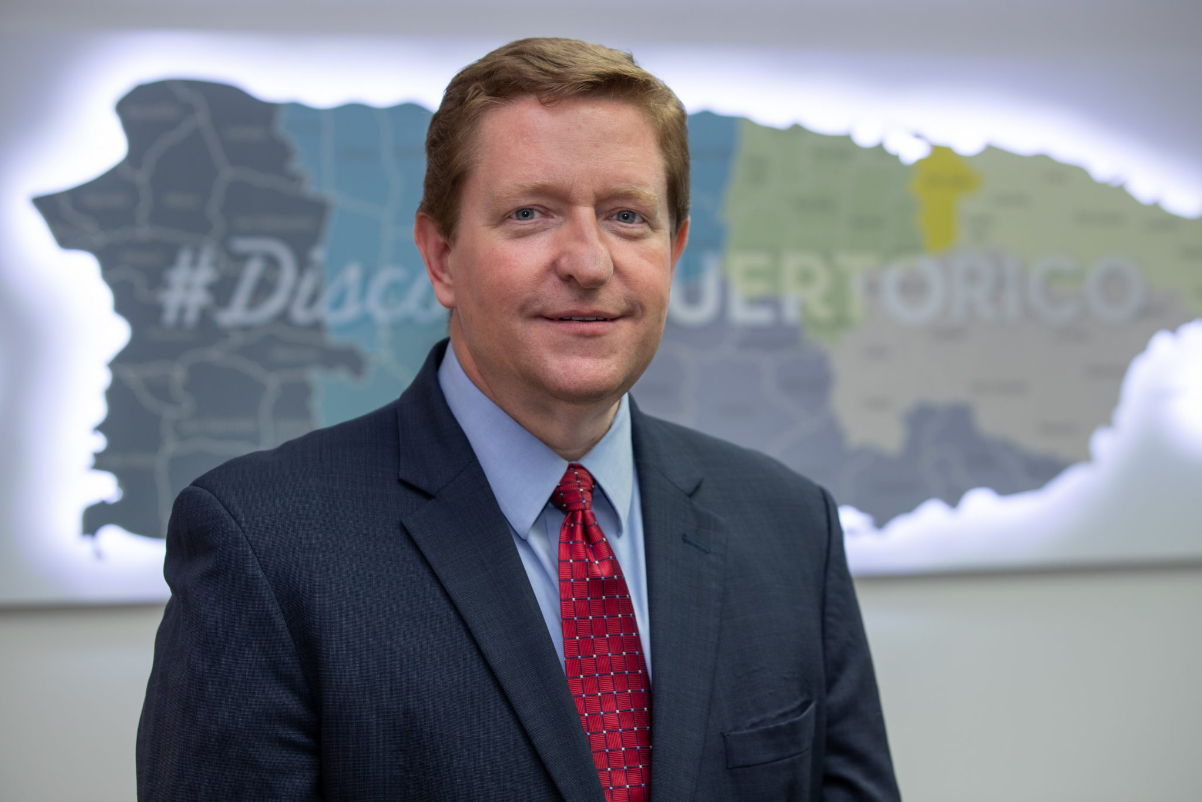California's Tourism Boss Deploys New Campaign and Celebs to Fill Tourism Hole
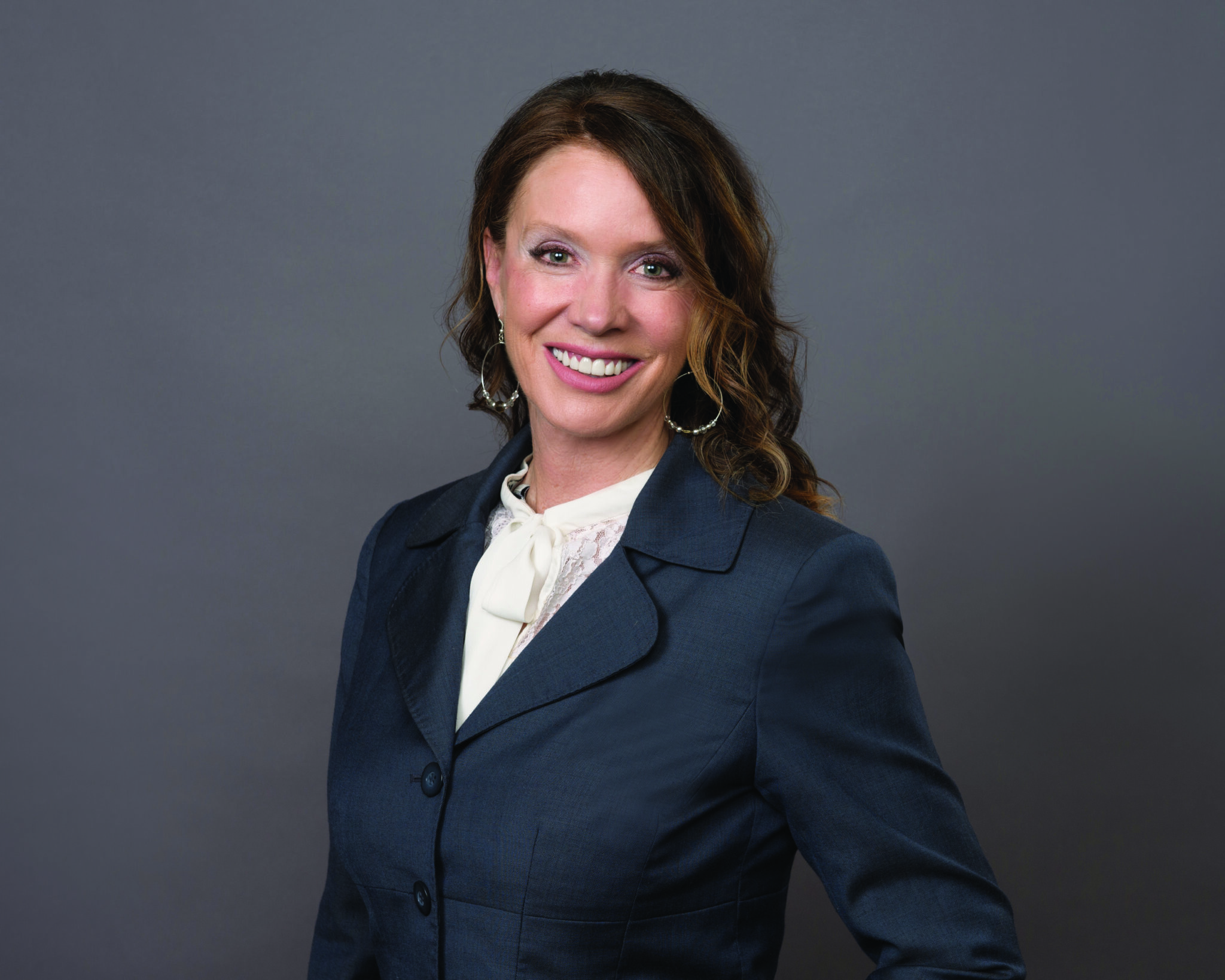
Skift Take
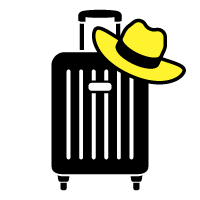
Leaders of Travel: Skift C-Suite Series
What are the top trends impacting hotels, airlines, and online bookings? We speak to the executives shaping the future of travel.California recently branded itself as the “Ultimate Playground.” That was a pivot away from “Dream Big,” the branding it used for over a decade.
Visit California, the state’s destination marketing organization, pivoted after consumer research found that the state's image had suffered from extensive media coverage of the state's wildfires.
Visit California CEO and President Caroline Beteta spoke with Skift about the marketing pivot, a lagging recovery of Chinese tourism, wooing more meetings to the state, how her organization works with celebrities like Jennifer Hudson, and how $150 million in pandemic relief funds helped its mission.
This interview has been edited for length and clarity.
Skift: Visit California has operated under the platform “Dream Big” for over a decade. Why change it now?
Caroline Beteta: With the pandemic, there was a change in global sentiment. Just about really the silver lining for all of us is the importance of tourism and play because people were sheltering in place and couldn't travel. We felt it was really important coming out of the pandemic to take a look at the brand relevance, like where we sit today and the image of California.
Dream Big is still very relevant and will be part of that messaging, but it kind of sits upstairs, higher funnel because attributes like inclusiveness, innovations and innovate are related to California.
The idea of Ultimate Playground is a little bit lower funnel, more of a direct call to action and meeting consumers or prospective tourists where they have had this pent up demand for travel.
I’d call it more of a pivot because we're not walking away from what is really authentic to California.
Why is California labeling itself as a “playground”? Is it meant to evoke a childlike feeling?
Play is important in people's lives. People don't make time for play because it just sounds frivolous. And really the opposite of play is not work. It's actually depression.
Biophysically, we need that sense of play as a sense of renewal, just like we needed a good night's sleep. That was interesting and compelling to us. The direct line between travel and play. So this biophysical need is travel. That's the release point that allows people to play. The messaging became more scientific as opposed to being frivolous as we would initially think about or childlike.
Play isn't necessarily on a playground. It could be an incredible learning experience where you go and learn at culinary school or culinary classes in Napa, for example.
Another reason for the brand refresh was the fact that California’s image took a hit during the pandemic. There was a lot of media coverage of the wildfires and exodus of residents.
I do think that the media loves to pick on California. We actually did a study about how the media covers wildfires in California versus other states. And it came out how there are eight times more likely to cover a wildfire in California than other states. It's kind of like a ho-hum.
While that played out outside of California, we also did some studies about resident sentiment as well. And so for those that left California, there were equal to greater numbers that stayed and appreciated the additional layer of safety protocols.
There's also more polarization. There's a lot more social justice activities and activations. And so the world has shifted whether they're a social justice activist or not, there is this new narrative and this hypersensitivity of receiving those messages.
We really wanted to step aside based on the focus group research that regardless of how people see California's politics, they still love us as this incredibly diverse destination. So why really lean into that when we can lean into the authenticity of this incredible destination. That's another reason why we shifted.
Was there a difference in domestic and international consumer sentiment?
Absolutely. That was fascinating. Issues you are close to as domestic residents of the U.S. really get removed when you go globally. Our prospective international travelers really weren't strapped with the same media filter that we have here in the U.S.. I mean, they still have this sense of, I mean, I'll say it in today's vernacular, the sense of California being the ultimate playground. That's what they're focused on.
China’s Absence in California’s International Tourism Recovery
How is California’s recovery pacing compared to its pre-pandemic level?
We're right there. International is the last lagging indicator. Leisure by far has surpassed it. Meetings and business travel have surpassed it. This year, we will reach our international spending thresholds from 2019. It's really that lag of the Asian markets, particularly China.
We had an almost 50% share of the Chinese traveler market. It's absolutely huge for us. So thinking that we're doing well yet we still haven't had our largest international market come on board fully, which is bigger than all of our international markets combined.
San Francisco Travel CEO Scott Beck doesn’t think Chinese tourism will ever return to the U.S. to its pre-pandemic level. Last year you told me you were optimistic about China’s recovery.
I am optimistic. There are policy issues in terms of lift. Each new route that comes back online has to be approved. Every single route has to be approved by the U.S. federal government versus just the commercial supply and demand issue leading to this layering of route development.
Because we have partners in business nationally, there's a lot of voices at the table wanting to see those bilateral routes reestablished in addition to inbound tourism.
California Invests Millions in Tourism Recovery
California has financially helped the LA Tourism and San Francisco Travel launch large marketing campaigns. It came from the millions in pandemic relief funds Visit California received from the state and federal government. Has that all been spent?
No, we will be using those dollars through the end of the year. We got $48 million from the federal government’s American Rescue Plan. Then, the governor and the legislative leadership gave us a little over $100 million in state pandemic relief dollars for peer brand spending.
I really attribute that to this accelerated recovery we've had. We just came out of the blocks like ballistic missiles. I mean, we were just, I mean, 24/7 on the media.
Basically $100 million was for the paid media, and then that $48 million was dedicated to five different initiatives, which include establishing a Visit Native California platform and a destination stewardship initiative. We're creating 12 sustainability or destination stewardship plans by region. Basically, one big statewide plan that we're working with the industry on, that'll be wrapped up by the end of the year.
Reshaping California’s Meetings Industry
How has California’s meeting sector recovered? During California’s long lockdowns, I know Las Vegas and Florida snatched some of its traditional conventions and large events.
First and foremost, we, because California was the only state in the nation for at a time being locked down for business meetings, created this demand for Visit California for the first time to get involved in the meetings business from the industry, like a direct request.
We launched “Meet What's Possible” with our industry partners. We've been allocating about $5 million in dedicated dollars just to push meetings in California. That has helped tremendously.
It was supposed to be a one year allocation, and the industry's like, no, wait, we like this. Even though we're direct competitors within California, they saw the greater need of having a business brand, even though it's fierce competition between convention centers.
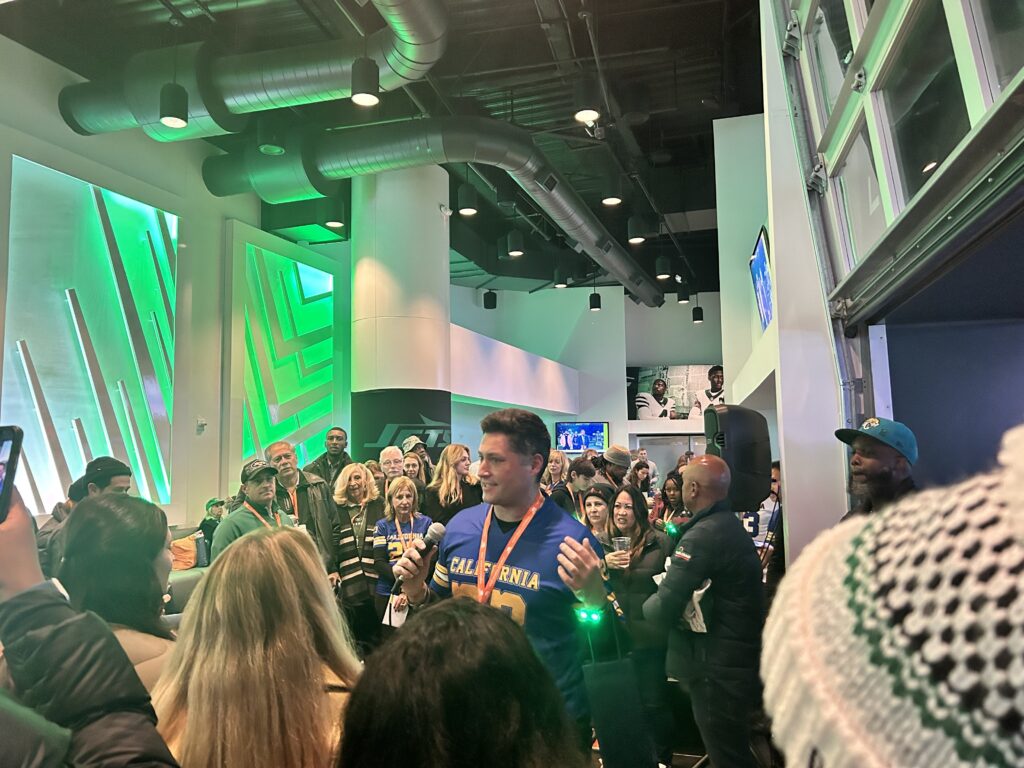
We're into almost year three of this effort. We're, as of December, 74% recovered on the meetings front, which I actually think sounds low considering how my interaction with our destinations, many have recovered San Diego, Palm Springs, others fully recovered. I'm surprised, to be honest with you, how fast the meetings business came back for secondary destinations.
Our gateways are dependent on international meetings. It's just this lagging issue around meetings from China and it's still lagging, but I think they'll be fully recovered by the end of the year.
For IPW [a key industry event], we have record-breaking buyer attendance and supplier attendance. It's going to be huge. And the first time that we've had Chinese buyer attendance as well, the biggest since the pandemic.
How California Works with Celebrities
Given California is the home of so many celebrities, how does Visit California partner with them?
We do it all the time. If you look at the cover of our visitor guides, it's always celebrity leads. And I look at it as, I put it in the category as celebrity influencers, because when we're working with celebrities, they love the alignment with our brand and we love the alignment with their social media following. So it's kind of a win-win.
What we've done really with celebrities is we've migrated them into our owned and our earned social channels, less so in the paid space, and just have been working with them in those other channels.
What’s your rule for working with celebrities?
They have to pledge allegiance to the California brand. We're not going to work with somebody that doesn't live in California, which is the biggest criteria.
We did a big activation with Jennifer Hudson this year that's evolving. She moved from Chicago to LA. And so part of the whole activation is why she's so excited about that, for example.

